Minolta MD 28mm 1:2.8 – 5 elements 5 groups – review

Minolta MD 28mm 1:2.8 5×5 – vintage manual lens test and review
- Official classification: New-MD
- Collector’s classification: MD III
Minolta has produced two MD 28mm F2.8 lenses in the similar MD III design – one with 7 elements in 7 groups optical scheme and another – 5 elements in 5 groups. Both have enough identical exterior but may be easily distinguished because 5×5-version has a thin black ring around the front lens but 7×7-version doesn’t have. Both sisters have been compared by sharpness/resolution, the link is at the bottom of the page. But this article is about the test results of the 5×5-version.
Minolta MD 28mm 1:2.8 5×5 (MD III, New-MD) specifications
| minolta.eazypix.de index | 52 |
| Name engraved on lens | MD |
| f[mm] | 28 |
| A max [1/f] | 2,8 |
| A min[1/f] | 22 |
| Lens design [el.] | 5 |
| Lens design [gr.] | 5 |
| Filter thread Ø front(rear)[mm] | 49 |
| Lens Shade | clip-in |
| closefocus[m/ft] | 0.3/1 |
| Dimension Ø x length [mm] | 64×43 |
| Weight[g] | 185 |
| Year | 1983 |
| Style | MD III |
| Code No. (ROKKOR-X) or Order No. | 590-910 |
| Floating elements | NO |
| Aperture blades number | 6 |
| Confidence in the test results of reviewed copies | Very high |
| Reviewed lens SN: | 9084875 |
- Minolta MD 28mm f2.8 5×5 optical design
Minolta MD 28mm 1:2.8 5×5 exterior
The tested copy was in bad condition of the exterior but is good optically. Later I got another copy, but this review is based on the older lens because this material is one of the firsts published on this site. The newer copy is taking part in articles that have been published later.
Yes, this lens looks like a survivor after a nuclear war. It wasn’t an easy task to repair and return it to full working condition.
Another copy in “mint”:
Mounted on Minolta X-700
This is a very suitable set – the camera and lens have the same design
Minolta MD 28mm 1:2.8 7×7 lens-shade
Minolta MD 28mm 1:2.0 sharpness
Сlose-distance resolution test
Testing methods description
- Target: 10-15 cm picture, printed on glossy photo paper
- Distance:10% longer than minimal focus distance marked on the lens
- Camera: Sony A7II (24mpx, full-frame, tripod, remote control). M-mode, ISO fixed, WB fixed, SteadyShot – OFF.
- The test was repeated for every F-stop on every focus position with manual focus adjustment for each shot. That is to avoid the effect of field curvature.
- RAW processing: Capture One, default settings. All quality settings – 100%. Crops – 300×200 px
Scene preview:
Test results (selected version, easy to compare – 4 positions)
Test results (full version – all 9 positions)
Long-distance resolution test
Testing methods description
- Target: cityscape
- Distance: > 200 meters to center focus point
- Camera: Sony A7II (24mpx, full-frame, tripod, remote control). M-mode, ISO fixed, WB fixed, SteadyShot – OFF. The focus point is on the center only.
- RAW processing: Capture One, default settings. All quality settings – 100%. Crops – 300×200 px
Scene preview
Test results
Minolta MD 28mm 1:2.8 5×5 aberrations
Vignetting
Geometric distortion
Coma aberrations
Chromatic aberrations
Short-distance bokeh
Test conditions: lens was focused on minimal distance 0.3m, plants are in 2m distance from the camera
Long-distance bokeh
Test conditions: the lens was focused on half distance on the scale (0.5m), buildings are on “infinity”-distance
Light bubbles bokeh
Test conditions: lens was focused on minimal distance + 10% of scale (about 0.27m), diodes were fixed in 2m distance
Minolta MD 28mm 1:2.8 5 elements 5 groups (or Minolta MD 28mm F/2.8 5×5, New-MD, MD III design) – overall conclusion
The lens has many advantages, but there are also disadvantages. From the positive – it is small, lightweight, inexpensive, it is easy to find on sale. This lens is not rare and therefore has not scored part of the “collectible cost”.
Of the shortcomings, it isn’t a gem and got a quite average IQ. This reincarnation may be slightly better than the previous 7×7 version, but the difference cannot be called noticeable. Although, on F8, it can show good sharpness over the entire field of the frame. It may be recommended to photographers who do not very often shoot at such a focal length but would like to have a 28mm lens just in case.


























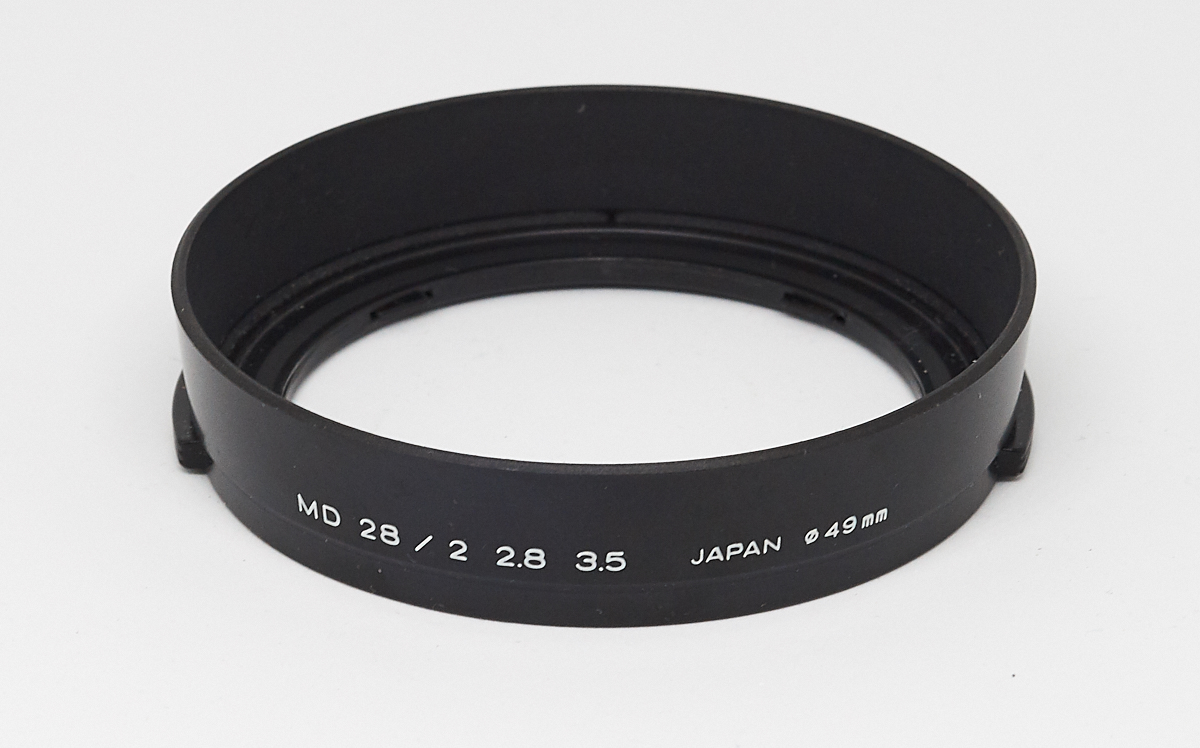
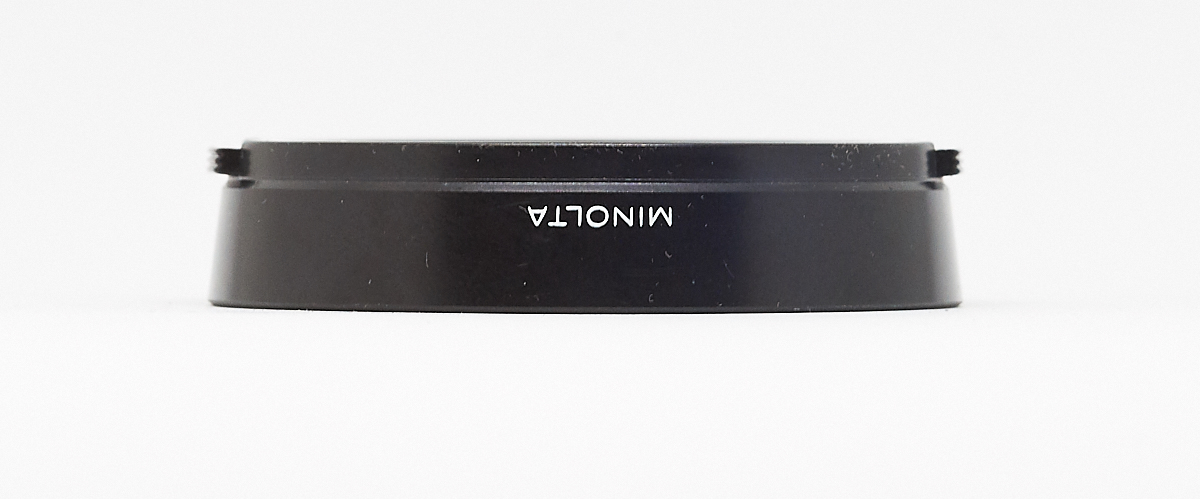

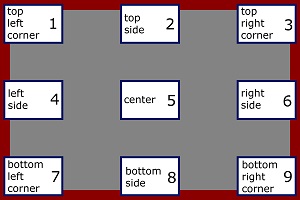











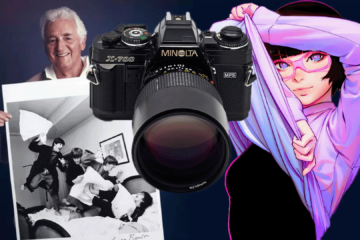

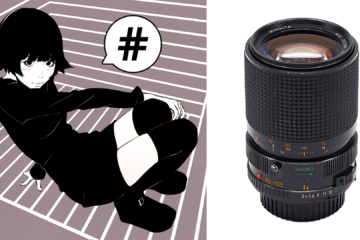
3 Comments
Anonymous · 2019-09-24 at 22:15
This was super informative. Thank you for using anime.
Helge · 2021-04-19 at 00:24
Your review goes against every other source on the 7/7 vs 5/5 version differences.
That’s not to say you are wrong of course, as these things are often just referencing the same source.
But do you have any comments WRT this?
Tony · 2021-04-19 at 17:07
It is also interesting for me, because I’ve seen many mentions but never seen that root-comparison.
Anyway, mine results got from 4 copies is enough for me (2x 5-5 and 2x 7-7). You can check battles and “romantics” with these lenses on the site